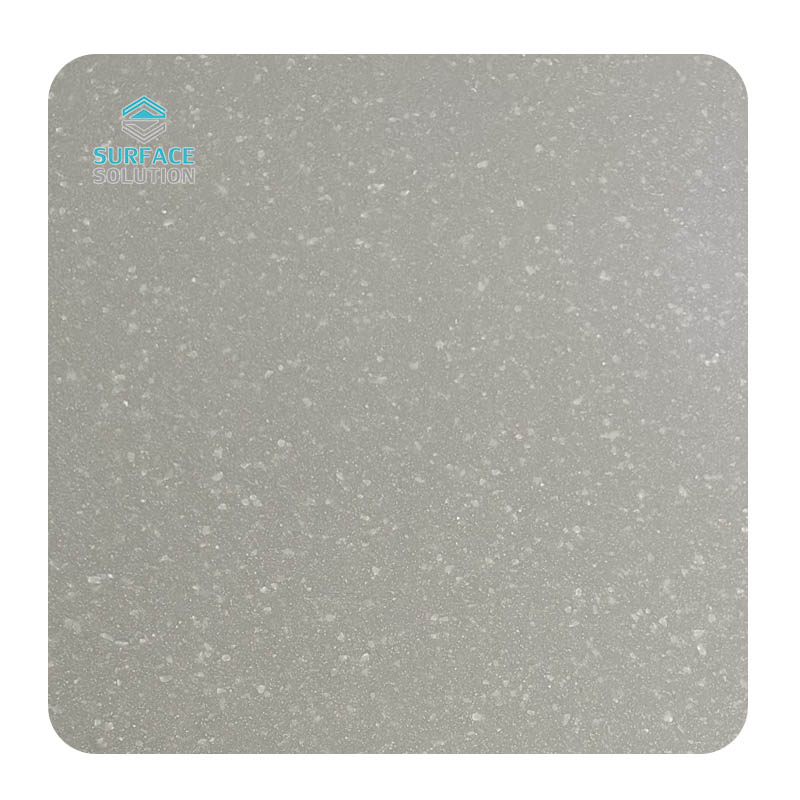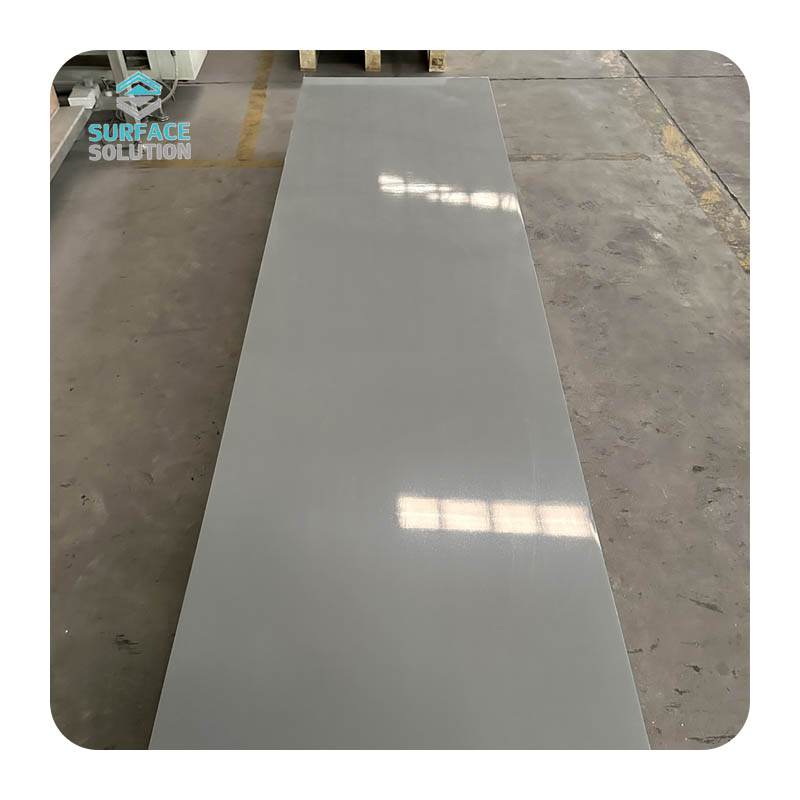

Total Surface Area (TSA): The sum of all faces of the solid (including top, bottom, and sides). This is what most people mean by "surface area" in everyday use.
Lateral Surface Area (LSA): The area of only the side faces (excluding top and bottom). Useful for tasks like painting a wall (no need to paint the floor/ceiling) or making a cylindrical tube (no top/bottom caps).
TSA Formula:
(since 6 faces, each with areaTSA=6a2)a×a=a2
LSA Formula:
(excludes top and bottom faces, so 4 faces left)LSA=4a2
TSA Formula:
(calculates area of each pair of faces and doubles them)TSA=2(lw+lh+wh)
LSA Formula:
(only the 4 side faces, which form a "rectangle" when unrolled)LSA=2h(l+w)
- in² (front/back faces)lw=5×3=15
- in² (left/right faces)lh=5×2=10
- in² (top/bottom faces)wh=3×2=6
TSA Formula:
(2 circular bases:TSA=2πr2+2πrh; curved surface:2×πr2)2πrh
LSA Formula:
(only the curved surface, no bases)LSA=2πrh
Formula (only total surface area—no lateral area for spheres):
SA=4πr2
TSA Formula:
(circular base + curved surface)TSA=πr2+πrl
LSA Formula:
(only the curved surface)LSA=πrl
Identify the solid first: Never guess the formula—look at the shape (e.g., does it have flat faces? Curved? A base?).
Double-check dimensions: Make sure all units (cm, in, m) are the same before calculating (e.g., convert 50 mm to 5 cm if other dimensions are in cm).
Don’t forget the "total": For solids like cylinders or cones, it’s easy to skip the base(s)—always confirm if you need TSA or LSA.
Practice with real objects: Grab a cereal box (rectangular prism) or a can (cylinder) and measure its dimensions to test your calculations.
A baker needs to find the SA of a cake pan to cover it with fondant.
An engineer calculates the SA of a pipe to determine how much insulation is needed.
A student wraps a present by estimating the SA of the box to buy enough paper.
Name the solid (cube, cylinder, cone, etc.).
Decide if you need TSA (all faces) or LSA (only sides).
Use the correct formula (memorize key ones, or derive them by adding face areas).
Plug in the dimensions, calculate step-by-step, and label the unit (square units: cm², in²).
Related Blogs
-
 Space-Saving Solutions with Acrylic Solid Surface DesignsIn an era of shrinking living and working spaces—from micro-apartments in urban centers to compact café kitchens—designers and homeowners are increasingly prioritizing "space efficiency" without sacrificing style or functionality. Enter acryli
Space-Saving Solutions with Acrylic Solid Surface DesignsIn an era of shrinking living and working spaces—from micro-apartments in urban centers to compact café kitchens—designers and homeowners are increasingly prioritizing "space efficiency" without sacrificing style or functionality. Enter acryli -
 How to Find the Surface Area of a Solid: A Step-by-Step GuideThe surface area (SA) of a solid is the total area of all its outer faces or surfaces. Unlike volume (which measures space inside a solid), surface area focuses on the "outside"—a key measurement for real-world tasks like wrapping a gift (
How to Find the Surface Area of a Solid: A Step-by-Step GuideThe surface area (SA) of a solid is the total area of all its outer faces or surfaces. Unlike volume (which measures space inside a solid), surface area focuses on the "outside"—a key measurement for real-world tasks like wrapping a gift ( -
 What Are Solid Surface Countertops Made Of? A Deep Dive Into Their CompositionSolid surface countertops have become a staple in modern kitchens and bathrooms, celebrated for their seamless appearance, durability, and versatility. Unlike natural stone (such as granite or marble) or laminate, they are
What Are Solid Surface Countertops Made Of? A Deep Dive Into Their CompositionSolid surface countertops have become a staple in modern kitchens and bathrooms, celebrated for their seamless appearance, durability, and versatility. Unlike natural stone (such as granite or marble) or laminate, they are -
 What Are Solid Surface Countertops? A Complete OverviewIn kitchen and bathroom design, solid surface countertops stand out as a versatile choice, balancing functionality, aesthetics, and durability. Unlike natural stone (granite, marble) or synthetic quartz, they offer unique benefits—but what exact
What Are Solid Surface Countertops? A Complete OverviewIn kitchen and bathroom design, solid surface countertops stand out as a versatile choice, balancing functionality, aesthetics, and durability. Unlike natural stone (granite, marble) or synthetic quartz, they offer unique benefits—but what exact
















